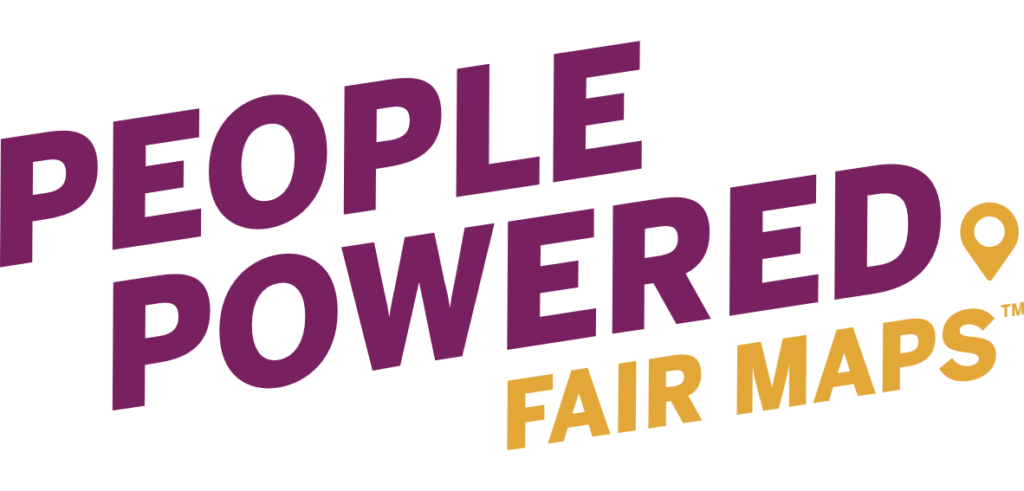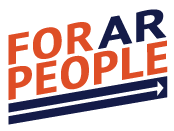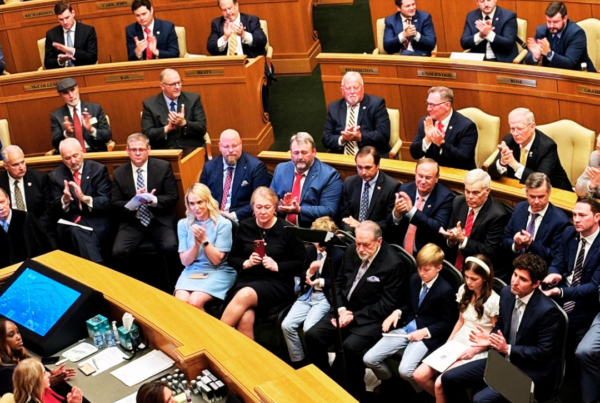
In America we believe in one’s fundamental right get loud and enact change in their community. After all, no one knows your neighborhood quite like you do. That’s why every ten years you have an opportunity to make your voice heard and advocate for fair political representation. Unfortunately, the redistricting process in Arkansas is clearly partisan. Ten years ago Democrats where the majority in Arkansas. Today our state has a Republican supermajority. Both instances are partisan with one political party determining how electoral maps are drawn. This is unfair to Arkansas voters, and we need to do better.
“Voters should pick their leaders; leaders should not pick their voters.”
Mark Pryor, Jonesboro Board of Apportionment Meeting, August 19, 2021
Every decade The Board of Apportionment and The General Assembly are tasked with redrawing state and federal electoral districts. The Board of Apportionment, which redraws state legislative boundaries, consists of the Governor, Attorney General, and the Secretary of State. All three of these seats are currently held by Republicans, ensuring maps will be redrawn in favor of their party’s candidates.
Lining Partisan Pockets
Dive a bit deeper and the partisanship map-drawing gets worse; here’s who hires whom to be part of the apportionment process and why it matters:
- Attorney General Leslie Rutledge hired Doug House, a former Republican State Representative, to oversee the AG’s redistricting process.
- Governor Asa Hutchinson followed suit by hiring Rett Hatcher, a known partisan political consultant, to run the Governor’s operation.
- Betty Dickey, former Supreme Court Chief Justice, was hired as the panel’s redistricting coordinator. In 1998 Dickey ran as a Republican for attorney general, losing to Democratic nominee Mark Pryor; while campaigning, Gov. Mike Huckabee sent a fundraising letter in support of Dickey, asking people to contribute to her campaign in hopes of having Republican control of the Board.
How can we trust process when every hand associated with redistricting right now share the same political party?
The Board of Apportionment is clearly partisan.
Fair Maps Hearings
Despite the overly partisan redistricting process, the Board of Apportionment solicited community input regarding redrawing electoral lines. In an effort to keep the redistricting process transparent, the Board of Apportionment held eight hearings across the state. The goal: take public comments, listen to concerns, answer questions, and discus census data (when applicable).
At the top of list of community concerns was gerrymandering. Gerrymandering is when politicians abuse their power and draw lines in a way that benefit them instead of the people they represent. More often than not, gerrymandering is used to silence vulnerable communities, so it’s no surprise this concern came up often at public hearings. Remember, every member of the Board of Apportionment is a Republican, and they have all hired extremely partisan actors to assist in redistricting.
“We need to make sure that we are whole in order to enhance our opportunities to create economic development and stabilize the population of [Phillips] county.”
Philips County Judge, Clark Hall, Helena Board of Apportionment Meeting, August 12
Another very real concern came from rural Arkansas. Many rural counties saw a significant drop in population since 2010. And the Board of Apportionment has several requirements when it comes to drawing district lines. For example, each district must have an equal number of constituents to ensure fair representation. However, due to the decline in population, many rural communities will find themselves tied to urban areas. Urban community concerns would overshadow rural concerns, ensuring a lack of representation of rural communities.

Rural populations have drastically declined over the past decade. Many Arkansans are concerned about what this means for them.
Fair Consideration for Communities of Interest
During the public meetings, some expressed concern for communities of interest. This refers to a group of people with a common set of concerns that may be affected by legislation. Examples of communities of interest include shared racial or ethnic background, common history and/or culture, common religion or language, and shared socio-economic status.
“Everything we want to do that’s outside of the lake requires us to come to Mountain Home. It’s where our county seat is, it’s where we pay our taxes… our doctors are here… Our rep, John Payton… is down in Wilburn, Arkansas. From my house to his town, according to map quest, is 72.8 miles.”
Wylaine Korbelik, Jordan resident, Mountain Home Board of Apportionment Meeting, August 3
What’s next?

Image from League of Women Voters
Now that the hearings are over, here’s what you can expect from the redistricting process: The chances of more in person meetings are low, however, you can still leave a public comment online for the Board to consider! As far as the timeline for redistricting, here’s what you can expect:
September 30 – The Census Bureau will release the remaining population data, and the Board will start drawing their lines.
October – According to Betty Dicky, the Board will attempt to have redistricting done sometime in October.
November – Assuming the Board has come to a decision on one map (remember, the Governor’s office, AG’s office, and Secretary of State’s Office all help with creating maps), the public will have a total of 30 days to make comments before the lines go into affect. But it is unlikely that there will be another round of public meetings.
December – The hard deadline for redistricting to be finalized is December 31.
If you care about voters picking their leaders, not leaders picking their voters, here’s what you can do in the meantime:
- Get Smart: Read up on partisan hacks running the redistricting process and learn how you can hold our leaders accountable.
- Get Loud. Contact the Governor’s office, the AG’s office, and the Secretary of State’s office and let them know you support fair, community-driven maps for Arkansas.
- Get Equipped. Stay in the know and learn how to use your voice to create change. Right now your role our state’s democracy is more important than ever.





